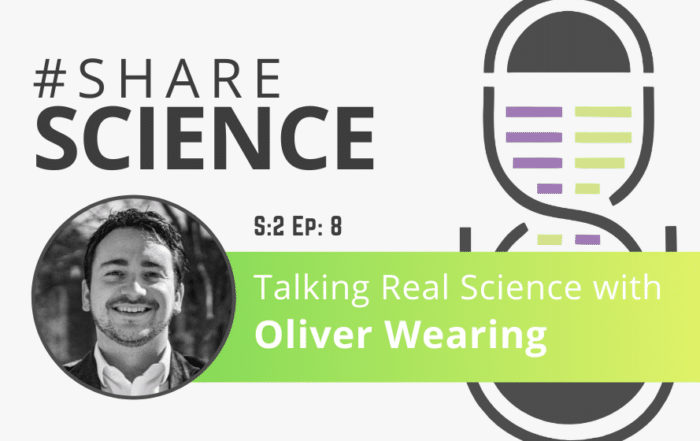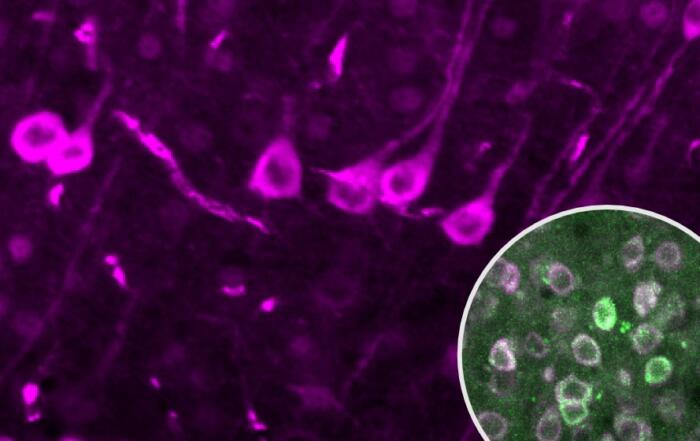
Airdate: Tuesday, November 26, 2019 Season: 6 Episode: 6
Guests: Robert Gould, Michael Girand
Dr. Robert Gould from Wake Forest School of Medicine and Michael Girand from DSI answer questions from a webinar discussing methods and applications for the use of EEG as a biomarker for sleep, substance use disorder and CNS disorders.
For more information or to watch the webinar, click here.
Associated Webinar: Harnessing EEG Methods to Improve Basic and Translational Research for CNS Disorders
Similar Podcasts
#ExpertAnswers: Travis Hardcastle and Seth Hanson on Using CRISPR and iPSCs for Neuroscience Research
Travis Hardcastle and Seth Hanson answer questions from a webinar where they discuss innovative applications of CRISPR and iPSCs in disease modeling and drug discovery.
#ExpertAnswers: Andrew Gaffney and Erin Knock on Neural Progenitor Cell Differentiation
Experts from STEMCELL Technologies answer questions from a webinar presenting an iPSC line and its differentiation into neural cells.
Talking Real Science with Oliver Wearing
Oliver Wearing shares what led him to study the relationship between cardiovascular physiology and the autonomic nervous system, how achieving his various positions and awards have allowed him to pursue his research goals, and where he hopes to take his work next.
Related Content
Spatiotemporal Dynamics of Calcium and Neurotransmitters in Awake Mouse Models of Epilepsy
In this webinar, Dr. Vincent Magloire and Dr. Ken Berglund present their work on the spatiotemporal dynamics of neurotransmitter and calcium imaging during seizure evolution in awake head-fixed mice and models of epilepsy.
Functional Ultrasound Neuroimaging: Principles, Applications, & Perspectives
Dr. Mickael Tanter presents his work on functional ultrasound neuroimaging, including an overview and translation to clinical applications.
Updates in Chronic Traumatic Encephalopathy (CTE)
Dr. Ann McKee will describe the emergence of chronic traumatic encephalopathy (CTE) as a distinct disease over the past 20 years.









